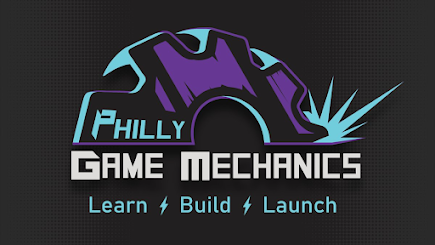Why Prototyping Is Crucial in Mobile Game Design
Mobile games are everywhere. Getting recognized is more difficult than ever because thousands of new games are released each month into app stores. Having a great idea is a solid start, but turning that idea into something players enjoy. That’s the real challenge in Mobile game design. This is where prototyping plays a key role. Prototyping helps developers test ideas early, identify problems quickly, and build a better, more polished version. In this post, we’ll break down why prototyping is so important in the mobile design process of a game.
What Is Prototyping?
Prototyping is building a rough, early version of your game, just enough to see how the main parts work. It’s not meant to be perfect or pretty. You’ll often use simple shapes, temporary graphics, and basic animations. The gameplay experience is prioritized over the graphics. The goal? To find out if it is fun, intuitive, and functioning the way you imagine. You don’t need all the levels or finished art, just something people can play and react to.
Why Choose Team of Keys for your Mobile Game development?
Choose Team of Keys for your upcoming Mobile game development to enjoy a user-focused environment, quick prototyping, and exceptional innovation. Our skilled staff creates captivating, high-performing gameplay that is customized to your vision by fusing creativity and accuracy. We bring your ideas to life with unparalleled excellence, from conception to launch.
Makes Gameplay Testing easier
The gameplay is the core of any decent game. It’s what keeps people coming back for more. A prototype lets you test your core mechanics of it early, whether that’s jumping between platforms, solving puzzles, or swiping to dodge enemies. You’ll quickly learn what’s fun, what feels clunky, and what needs tweaking. If something doesn’t work, you can fix it right away before it becomes a bigger issue later. This helps shape a stronger, more enjoyable final product.
Saves Time and Money
Developing a full game takes a lot of time, effort, and usually money. Without a prototype, you risk investing in features or systems that don’t add any value, or worse, that players don’t like. Prototyping helps you spot weak ideas early, so you don’t waste resources building something that doesn’t work. You get to focus on what matters, keeping your timeline and budget under control.
Helps Teams stay aligned
Game development is rarely a solo act. It usually involves designers, developers, artists, sound engineers, and testers all working together. A prototype acts like a shared vision, a tool that helps everyone understand how the game should feel and function. Instead of just talking about it should work, team members can play it. That hands-on experience creates better collaboration, clearer feedback, and smoother teamwork overall.
Collect Real Feedback
What makes sense in your head might not always translate well to players. That’s why getting early user feedback is so important. Sharing your prototype with real users, even friends or testers, can reveal things you hadn’t considered. Maybe a level is too hard, the controls feel awkward, or the pacing is off. Prototyping gives you the chance to catch and fix those issues before it goes live.
Makes Iteration Simple
One of the biggest advantages of prototyping is that it supports fast, low-risk changes. The first version of your game doesn’t have to be perfect; in fact, it shouldn’t be. It’s there so you can learn and improve. Each time you make a change and test again, you’re iterating. This cycle of testing, learning, and improving helps you build a game that’s not just playable but enjoyable and polished.
Reduces Risk Before Launch
There’s a lot that can go wrong in game development. Maybe your game crashes often, maybe the controls are too confusing, or maybe the pacing just doesn’t work. Prototyping helps you spot and solve these problems early. It’s far better to catch bugs or design issues in a prototype than in a live game. Fixing them during the prototype stage means fewer headaches and fewer bad reviews down the line.
Useful for Attracting Investors or Publishers
If you're trying to pitch your game to investors or publishers, a prototype is a game-changer. Having a live demo to show is way more powerful than just slides or concept art. Even a simple prototype shows the feasibility of your idea and communicates your vision. So, before you jump into full development, take time to build a prototype. Let your idea grow, improve, and succeed, one test at a time. It may raise the possibility that your concept will be funded and supported.
Final Thoughts
One of the most crucial phases in the creation of a Mobile game development company is prototyping. It saves time, lowers risk, allows you to test ideas early, and improves them. Making a prototype is the wise first step, regardless of whether you're working independently or with a team. Therefore, spend some time creating a prototype before moving on with complete development. One test at a time, allow your idea to develop, get better, and succeed.




Comments
Post a Comment